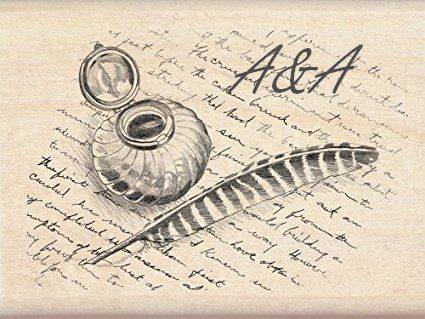Introduction to Poetry in Issue 58
Welcome to the spring issue full of remarkable poetry. I did my best to enhance the experience with artwork (some as found, others combined/overlaid in PowerPoint with image effects applied). A few comments on the poetry and artwork are sequentially listed below:
1. “Revolution” by Holy Lyn Walrath (Seabrook, TX) is both real and surreal, with poignancy. Set in the American Revolution, a soldier reflects to a coming-of-age time before the war with his father learning lessons about the sanctity of life in the stark contrasts with the reality of war.
Image1: Cowpens National Battlefield (SC). Though the pamphlet image is not directly related to the poem, it captures the mood of the poem. (This Revolutionary War site commemorates the place where Daniel Morgan and his army turned the flanks of Banastre Tarleton’s British army in a classic military tactic known as a double envelopment—January 17, 1781. http://www.nps.gov/cowp/index.htm)
2. “apparition” by TR Dillon (Oakton, VA) The abruptness of the poem with its short length of short lines and overlapping images is consistent with the text of the poem, for which another war was fought, but we wonder if there was ever any complete resolution of bigotry.
Image 2: A black noose is combined with that of shadow people. Special effects create an ominous texture to complement the poem.
3. “& Other Ways to Read the Dirt” by Chloe N. Clark (Ames, IA) works in concert with some poems in this collection speaking to one of the unplanned themes that touches on war and the human condition. But is also organically connected to other poems here via the tree of the knowledge of good and evil in Genesis.
Image 3: A tree of evil. This image which was created by combining images of a pile of grenades with that of a Japanese maple. Colorization effects enhance the surreal composite image. (I also recommend seeing William Blake’s, The Temptation and Fall of Eve, 1808—an illustration of Milton’s Paradise Lost—as a tangential complement to the poem: https://en.wikipedia.org/wiki/Paradise_Lost#/media/File:William_Blake,_The_Temptation_and_Fall_of_Eve.JPG)
4. “Populating the Dark” by Seth Jani (Seattle, WA) begins with Kami. According to Wikipedia, “Kami are the spirits or phenomena that are worshiped in the religion of Shinto. They are elements in nature, animals, creationary forces in the universe, as well as spirits of the revered deceased.” This imagery-rich poem is full of metaphor, like these lines: Sometimes I catch them/In a lightbulb,/Strange filaments of smoke/In the curving glass, which is what prompted the complementary image.
Image 4: “Light 3” by dejan91lp in Deviant Art (under a Creative Commons Attribution-Share Alike 3.0 License), perfectly captures the mood and images in the poem.
5. “Calla Lily” by Christiaan Sabatelli (Highland, NY) takes me, among other places, to the Garden of Eden. In a way, this is a modern, subverted sonnet with its 14 lines and a possible resolution to the mystery in the last couplet, where the volta, here, is.
Image 5: Painting, “El primer beso” (“First Kiss”) by Salvador Viniegra and Lasso de la Vega (1891) is collaged with purple Calla lilies.
6. “Deadman’s Float” by Janet Ruhe-Schoen (Beacon, NY) is a narrative, urban fantasy which takes you along as if a bottle floating at sea, with a message.
Image 6: Sleeping Mermaid (watercolor on paper, artist unknown, posted by “Plum leaves” on flickr, which is free to post for educational use). I was tempted to combine a bigger-than-life size bottle floating at sea with an image of Mehgan Heaney-Grier swimming while wearing a mermaid tail, but there’s something even more magical with the sleeping mermaid.
7. “scotch whiskey” by Lana Bella (Nha Trang, Vietnam) is a great metaphor for two lovers.
Image 7: Lovers in a Whiskey Glass. The public domain photograph of Rock Hudson and Julie Andrew kissing in the film, Darling Lilli (1968), is “immersed” in a stock photo of whiskey on the rocks. After picture effects were applied, the analogies in the poem are visually well represented in this image of lovers in a scotch whiskey glass.
8. “Images” by Seth Jani (Seattle, WA) is a quintessential contemporary poem boasting effective surreal images.
Image 8: “Tree of Knowledge of Good and Evil,” a painting by Lidia Kozenitzky (under a Creative Commons license). It is a perfect fit to the poem.
9. “*(You gargle the way each morning)” by Simon Perchik (East Hampton, NY) again uses compelling and surreal images to capture loneliness, loss and depression.
Image 9: The 2015 image was found on Pixabay (using the Advanced Google Image Search with filters set for free to use), is eclipsed by Perchik’s poignant poem.
John C. Mannone
Poetry Editor

